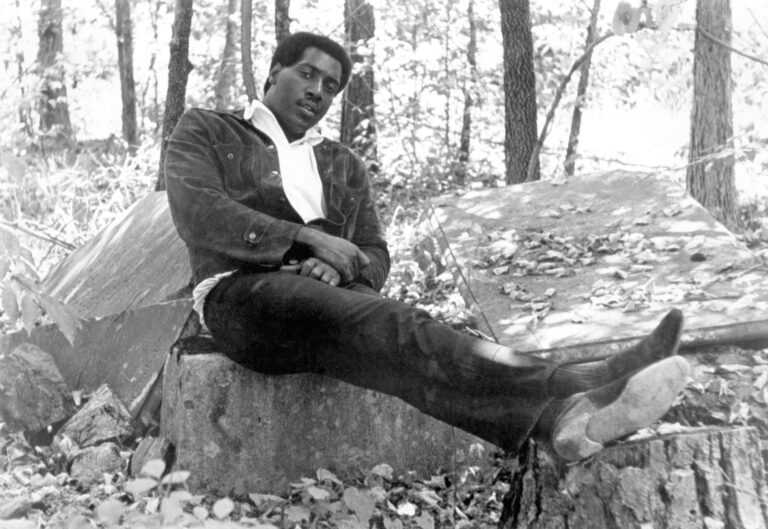Discover the Top 10 Must-Hear Cat Stevens Songs That Will Enchant Your Soul
Cat Stevens, born Steven Demetre Georgiou on July 21, 1948, is a British singer-songwriter, multi-instrumentalist, and humanitarian. He achieved widespread fame in the late 1960s and 1970s for his introspective and heartfelt songs, which often explored themes of spirituality, love, and social issues.
Stevens began his musical career in the folk music scene of London’s Soho district in the mid-1960s. He released his debut album, “Matthew and Son,” in 1967, which featured the hit single “Matthew and Son.” However, it was his subsequent albums, particularly “Tea for the Tillerman” (1970) and “Teaser and the Firecat” (1971), that solidified his reputation as a prominent singer-songwriter.
Some of Cat Stevens’ most famous songs include “Wild World,” “Father and Son,” “Moonshadow,” “Peace Train,” and “Morning Has Broken.” His distinctive voice, melodic guitar playing, and poignant lyrics resonated with audiences around the world, earning him critical acclaim and commercial success.
In the late 1970s, Stevens converted to Islam and changed his name to Yusuf Islam. He subsequently stepped away from the music industry for a period of time but returned to recording and performing in the late 2000s. Throughout his career, he has remained committed to humanitarian causes, including education and children’s welfare.
Cat Stevens’ music continues to be cherished by fans worldwide for its timeless quality and universal appeal. His introspective and spiritually-infused songs have left a lasting impact on the singer-songwriter genre and continue to inspire new generations of musicians and listeners alike.
Where Do the Children Play?
“Where Do the Children Play?” is a song by Cat Stevens, taken from his fourth studio album, “Tea for the Tillerman,” released in 1970. The song is one of Stevens’ most iconic and enduring compositions, known for its introspective lyrics and memorable melody.
In “Where Do the Children Play?” Stevens reflects on the state of the world and the impact of industrialization and urbanization on the environment and future generations. The song questions the cost of progress and technological advancement, expressing concern about the loss of natural spaces and the consequences for children growing up in an increasingly urbanized world.
Throughout the song, Stevens uses vivid imagery and metaphorical language to convey his message, inviting listeners to consider the importance of preserving nature and creating a better world for future generations. The song’s gentle acoustic guitar accompaniment and Stevens’ soulful vocals contribute to its timeless appeal and emotional resonance.
Lady D’Arbanville
“Lady D’Arbanville” is a song by Cat Stevens, released in 1970 on his album “Mona Bone Jakon.” The song was inspired by Stevens’ romantic relationship with actress Patti D’Arbanville, with whom he had a brief but intense affair.
“Lady D’Arbanville” is a melancholic and haunting ballad that reflects Stevens’ feelings of heartbreak and loss following the end of his relationship with D’Arbanville. In the song, Stevens sings about the pain of separation and the memories of their time together, expressing a sense of longing and nostalgia for what was lost.
The song’s acoustic guitar accompaniment, along with Stevens’ soulful vocals and emotive delivery, create a mood of introspection and melancholy. The lyrics paint a vivid picture of the emotional turmoil experienced by the narrator as he grapples with the end of his romance.
… (continue for the rest of the songs covered in the article) …







